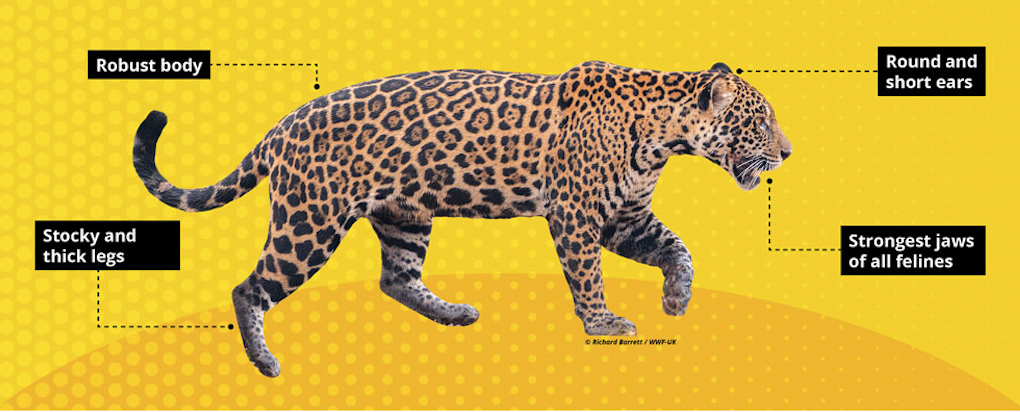Important Facts For Prelims
International Jaguar Day
- 30 Nov 2022
- 2 min read
Why in News?
Recently, the National Zoological Park, New Delhi (Delhi Zoo) celebrated the International Jaguar Day.
What is International Jaguar Day?
- International Jaguar Day was created to raise awareness about the increasing threats facing the jaguar and the critical conservation efforts ensuring its survival from Mexico to Argentina.
- Observed annually on November 29, International Jaguar Day celebrates the Americas’ largest wild cat as an umbrella species for biodiversity conservation and an icon for sustainable development and the centuries-old cultural heritage of Central and South America.
- International Jaguar Day also represents the collective voice of jaguar range countries, in collaboration with national and international partners, to draw attention to the need to conserve jaguar corridors and their habitats as part of broader efforts to achieve the United Nation’s Sustainable Development Goals (SDGs).
What are the Key Facts about Jaguar?
- Jaguar is the largest carnivore and only big cat in Latin America, encompassing 18 countries from Mexico to Argentina.
- Its scientific name is Panthera Onca.
- As a “Near Threatened” species on the International Union for Conservation of Nature (IUCN) Red List of Threatened Species, the jaguar is extinct in El Salvador and Uruguay, and facing pressure in remaining range countries.
- Convention on International Trade in Endangered Species of Wild Fauna and Flora (CITES) Listings: Appendix I
- Jaguars have experienced over 50% loss in its natural habitat range.
- Jaguars are often mistaken for leopards, but can be differentiated due to the spots within the rosettes on their coats.
- While many cats avoid water, jaguars are great swimmers, and have even been known to swim the Panama Canal.
- The jaguar has been identified as one species across its entire range, making the connection and protection of its habitat critical for the species’ genetic diversity.





